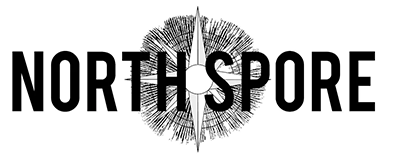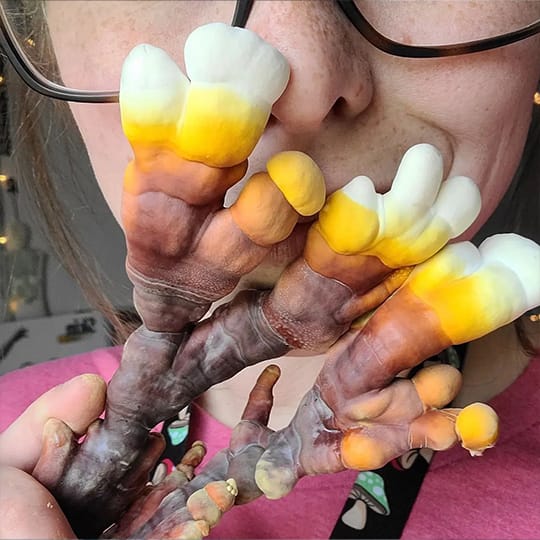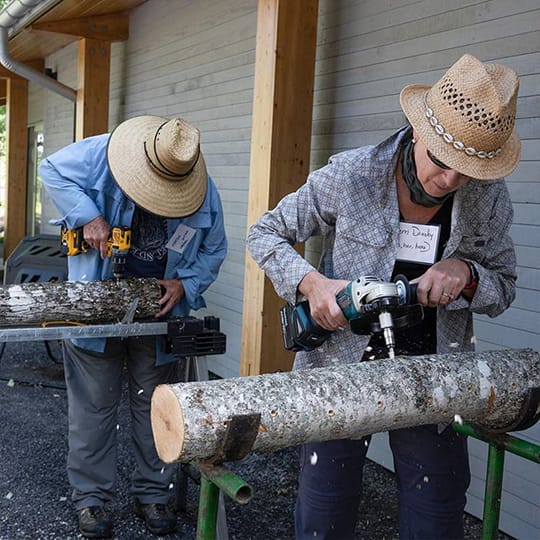













| Storage temp | 50-70°F |
The Liquid Culture Field Cloning Kit is a compact, sterile system designed for mushroom foraging and genetic preservation. It allows you to collect and clone mushroom tissue samples in the field, helping you study, expand, and preserve fungal strains.
Full Kit includes:
- 8 vials of pre-sterilized liquid media with self-healing injection ports
- 4x 1cc/1mL sterile syringe
- 8x 14g sterile needles
- 8x alcohol prep pads
- 4x 5mL sterile syringe
- 1 carrying case
Refill pack includes:
- Everything in the full kit besides the carrying case
This kit is perfect for mycologists, foragers, and cultivators looking to explore and expand fungal biodiversity. Take your lab into the wild and start discovering today!
-
- Capture Unique Genetics – Clone wild mushrooms, rare species, or exciting mutations you can’t buy.
- Field-Ready Design – Self-healing injection port vials and sterile instruments ensure reliable cloning, even in rugged environments.
- Easy & Efficient – Everything you need to collect and store viable fungal tissue for further research or cultivation.
-
- Select Your Specimen – Choose a healthy, young mushroom and tear it open to access the clean inner tissue.
- Prepare the Vial – Sanitize the self-healing injection port with an alcohol wipe.
- Collect a Sample – Use a sterile syringe and 14g needle to scrape a small piece of tissue.
- Inject & Incubate – Insert the tissue into the vial's liquid medium and let it grow.
- Observe & Expand – Within 1-2 weeks, mycelium will develop, ready for transfer to agar, grain, or liquid culture.
-
Before you eat any mushrooms, it’s extremely important that you properly identify them. Some species have poisonous look-alikes, so you need to be sure of what you’re eating.
We recommend using more than one method for proper mushroom identification. This could include a book with a dichotomous key such as Mushrooms Demystified by David Arora as well as the help of a seasoned forager or trusted online forum to help you confirm your find. Spore prints can go a long way in helping you differentiate one species from another.
-
Specimen selection: Once you can confidently identify the species you would like to clone you are ready to select your cloning specimen. Select young specimens if possible and avoid any that are bug-infested. It is best to take your tissue sample soon after collection.
After 1-2 weeks, there should be noticeable growth of mycelium radiating from the fungal tissue that you placed in the liquid medium. Shake the vial to break apart the mycelium before extracting. The culture can then be transferred to an agar plate, a liquid culture jar, or a grain bag with an injection port for culture preservation, expansion, or spawn creation. Fully colonized vials can be refrigerated for up to two weeks.
- Begin by tearing the mushroom in half vertically. Keep your fingers away from the inner tissue. (FIGURE A) Taking tissue from the inside of the mushroom increases your chance of success as you are more likely to obtain a clean sample free of contaminants.
- Remove the attached cap from the vial, exposing the injection port. (FIGURE B) Wipe the injection port with an alcohol wipe to prepare it for injection. NOTE: If the liquid appears cloudy, it is compromised and should be replaced. Reach out to customer service for a replacement.
- Locate the best spot to retrieve a tissue sample from your specimen. These spots include the cap right above the gills or the stem right above the base. (FIGURE C)
- Prepare your instrument by attaching a 1cc/1mL syringe to a 14g needle. Ensure the needle does not make contact with any surface other than the location where you plan to retrieve the sample.
- Using the tip of your needle, scrape up a small amount of mushroom flesh, no larger than the gauge of the needle. (FIGURE D) It should sit on or within the needle opening. (FIGURE E) This part of the process involves some skill!
- Push the needle containing the small piece of fungal tissue through the injection port. (FIGURE F) Swirl the contents of the vial around the needle to try and dislodge the piece of fungal tissue. (FIGURE G) If the tissue does not dislodge, you can pull a small amount of liquid from the vial into the syringe and then push it back into the vial to help dislodge it. Retracting the needle from the vial will also create suction and can help to remove the fungal tissue, but other means of dislodging the tissue should first be employed.
- Retract the needle from the vial; you can expect a slight amount of suction created by the vacuum in the vial. Swirl the contents of the vial to ensure the fungal tissue is submerged in liquid and not stuck on the side of the vial.
- Label your vial. Place your vial back in the case for incubation. (FIGURE H) Colonization will occur most reliably in temperatures between 77 and 82 °F. If vials cannot be kept within incubation temperatures, any temperature above 60°F will work; colonization may just be slower.
-
Keep your kit dry and between 50-70°F. Fully colonized vials can be refrigerated for up to two weeks. Always use caution when handling sharp instruments.
You may also like
Making the world of mushrooms accessible to all
North Spore was launched in 2014 by a mycologist, an organic farmer, and a photojournalist -- three college friends brought together through their shared love of the mycological world.
What began as a simple love for mushroom foraging and cultivation quickly developed into an obsession with all things fungi. From there, an urban mushroom farm was born, as was the desire to spread the spore to the masses.













